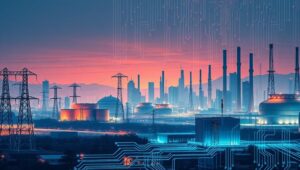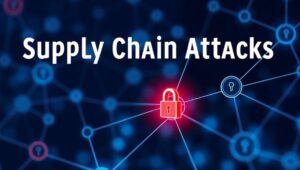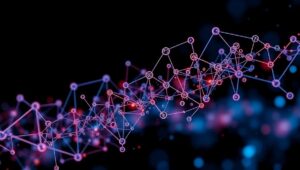May 15, 2025
Cyber-Physical System Attacks: Targeting Critical Infrastructure (2028)
Cyber-Physical System Attacks: Targeting Critical Infrastructure (2028) In 2028, the landscape of cyber warfare has evolved beyond traditional data breaches and espionage. Cyber-Physical Systems (CPS), which integrate computing, networking, and physical processes, have become prime targets. These systems control critical infrastructure, including power grids, water treatment plants, transportation networks, and healthcare facilities. Attacks on CPS can have devastating real-world consequences, causing widespread disruption, economic damage, and even loss of life. Understanding Cyber-Physical Systems Cyber-Physical Systems (CPS) are engineered systems that integrate computation, communication, and control with physical processes. They are designed to monitor and control physical systems in real-time, using











